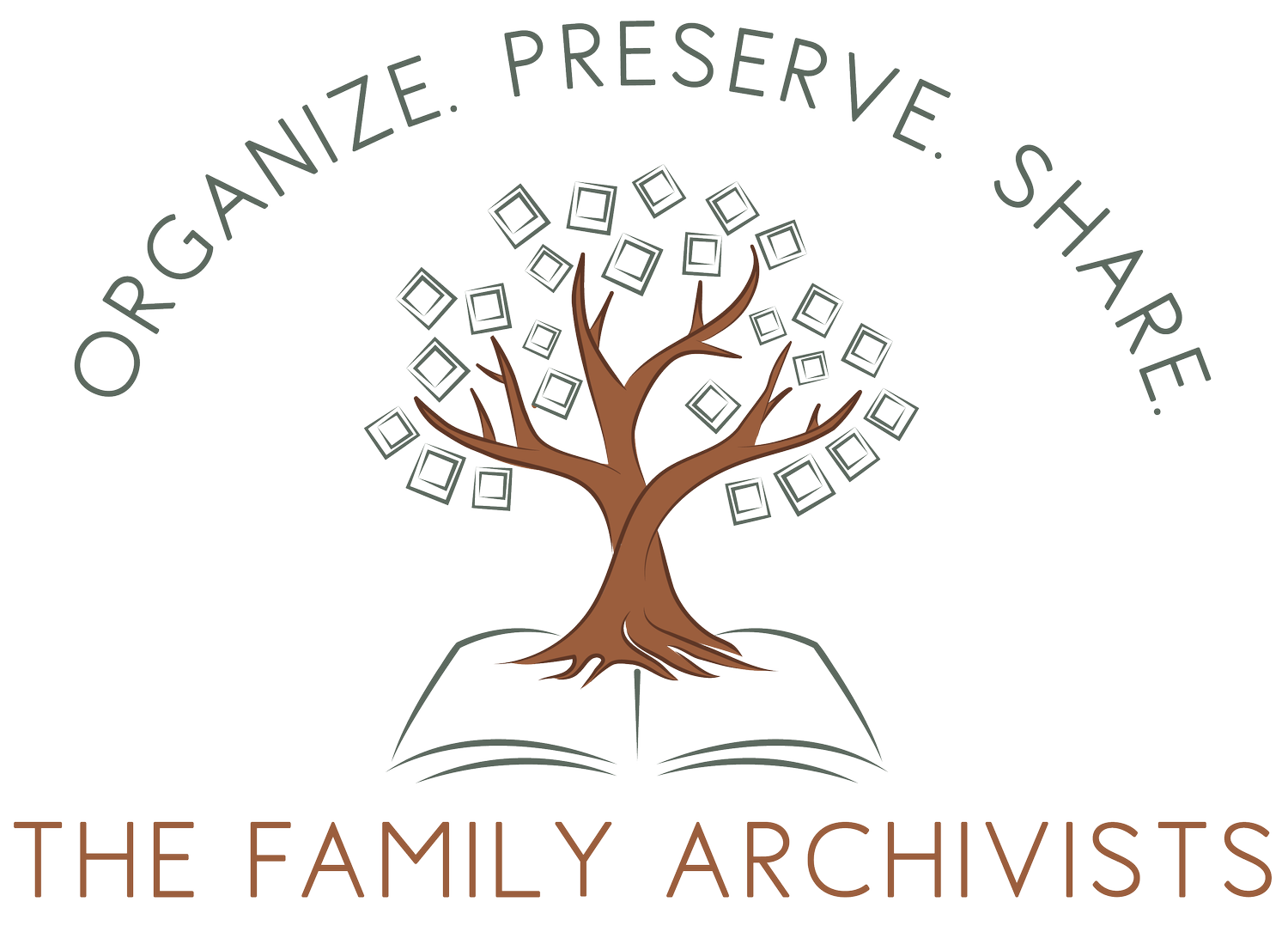Home Movies Reimagined: The Advantages of Digitizing Old Film Reels
In the hidden corners of family history lie old film reels, delicate strips of celluloid that encapsulate moments frozen in time. While these reels hold cherished memories, they are also vulnerable to the ravages of time and technology. The transformative power of digitizing old film reels offers a bridge between the analog past and the digital present, unlocking a wealth of advantages that make these precious home movies not only easily shareable but also safely storable and enjoyable for generations to come.
The Vulnerability of Old Film Reels
Decay and Deterioration:
Film reels, especially those dating back several decades, are susceptible to decay and deterioration. Factors such as temperature, humidity, and exposure to light contribute to the physical breakdown of the film, leading to the loss of image quality and, eventually, the content itself.
Obsolescence of Equipment:
The equipment needed to play old film reels is becoming increasingly obsolete. As technology evolves, finding a functioning projector or film editor becomes a challenge, limiting the accessibility of these precious home movies.
Risk of Loss or Damage:
Old film reels are prone to loss or damage due to mishandling, accidents, or natural disasters. Whether stored in attics, basements, or closets, these reels are often vulnerable to environmental conditions that can compromise their integrity.
Limited Sharing Options:
Sharing old home movies with family and friends is a complex task when relying on physical film reels. The need for specialized equipment and the fragility of the reels restricts the possibilities of reliving and celebrating these memories together.
The Transformative Effects of Digitization
Preservation of Image Quality:
Digitizing old film reels involves converting the analog content into a digital format. This process preserves the image quality, preventing further deterioration and ensuring that the memories captured on film remain intact.
Enhanced Accessibility:
Digitized home movies transcend the limitations of analog equipment. Once converted to a digital format, these memories can be easily accessed and viewed on modern devices such as computers, tablets, and smart TVs, ensuring their accessibility for future generations.
Convenient Storage Solutions:
Digital files take up significantly less physical space than bulky film reels. Storing digitized home movies on external hard drives, cloud storage, or other digital mediums not only reduces clutter but also provides a secure and convenient solution for archival purposes.
Easy Sharing Across Generations:
The digitization of home movies facilitates effortless sharing across generations. Whether through email, social media platforms, or dedicated family archives, digitized films can be shared with relatives near and far, fostering a sense of connection and shared family history.
The Process of Digitizing Old Film Reels
Assessment of Film Condition:
Before embarking on the digitization process, assess the condition of the film reels. Identify any signs of damage, decay, or deterioration that may require specialized handling during digitization.
Selecting a Professional Service:
While DIY digitization options exist, selecting a professional digitization service ensures the highest quality results. Look for services with experience in handling old film formats and a reputation for preserving the integrity of the content.
Digitization Equipment:
Professionals use specialized equipment for digitizing old film reels, such as film scanners or telecine machines. These tools ensure high-resolution scans, capturing the details of the original footage with precision.
Conversion to Digital Format:
The digitization process involves converting analog film content into a digital format, often using video codecs such as MP4 or MOV. This step ensures compatibility with modern devices and provides a versatile platform for storage and sharing.
Storage and Backup:
Once digitized, store the files on reliable digital storage mediums such as external hard drives or cloud services. Create multiple backups to guard against potential data loss and ensure the longevity of the digitized content.
Organizing and Cataloging:
Organize the digitized home movies by events, dates, or individuals to facilitate easy navigation. Adding metadata, such as names and descriptions, enhances the searchability and overall organization of the digital archive.
Preserving Family Legacies for the Future
Passing Down Intergenerational Stories:
Digitized home movies become vehicles for passing down intergenerational stories. Share the digitized films with younger family members, providing them with a visual window into the lives and experiences of their ancestors.
Educational Tools for Future Generations:
Use digitized home movies as educational tools for future generations. Create curated collections that highlight specific time periods, family traditions, or historical events, fostering a deeper understanding of familial and cultural heritage.
Preserving Unique Family Traditions:
Digitizing home movies allows families to preserve unique traditions captured on film. Whether it's holiday celebrations, family gatherings, or everyday moments, these digitized memories become a testament to the enduring nature of familial bonds.
Facilitating Cross-Generational Connection:
The easy accessibility and sharing capabilities of digitized home movies facilitate cross-generational connections. Families separated by geography can come together virtually to share and relive cherished memories, strengthening the bonds that tie them.
Conclusion: A Legacy Transformed
In the age of digitization, the vulnerability of old film reels becomes an opportunity for transformation rather than a cause for concern. The process of digitizing home movies transcends the limitations of analog mediums, ensuring the preservation of historical and sentimental value. By embracing the advantages of digitization—preservation of image quality, enhanced accessibility, convenient storage, and easy sharing—families can unlock the full potential of their precious home movies. In this reimagined form, these digitized memories become a legacy transformed, ensuring that the stories captured on film continue to weave their way into the hearts and minds of future generations for years to come. The act of digitizing old film reels becomes not just a technical process but a profound and meaningful journey—a bridge between the past and the future, preserving the essence of family history in the ever-evolving landscape of digital storytelling.
